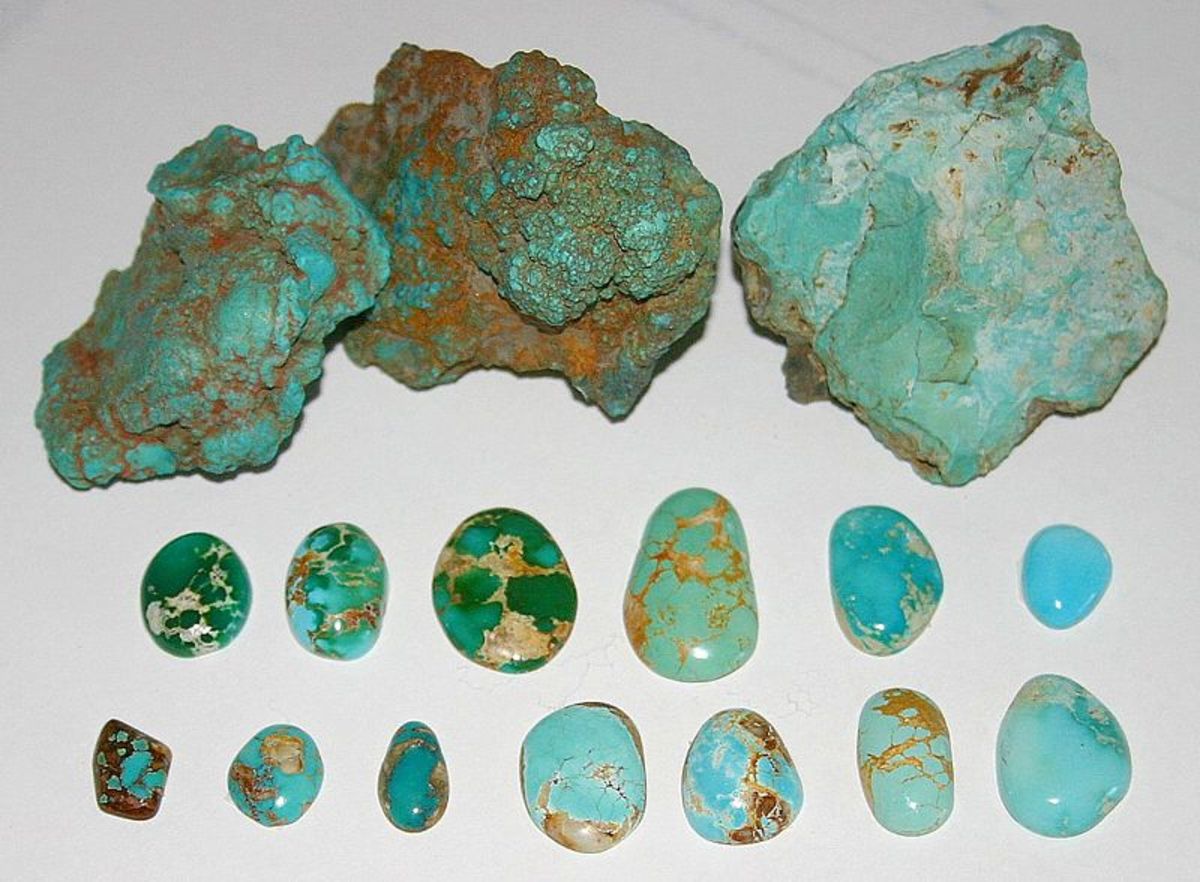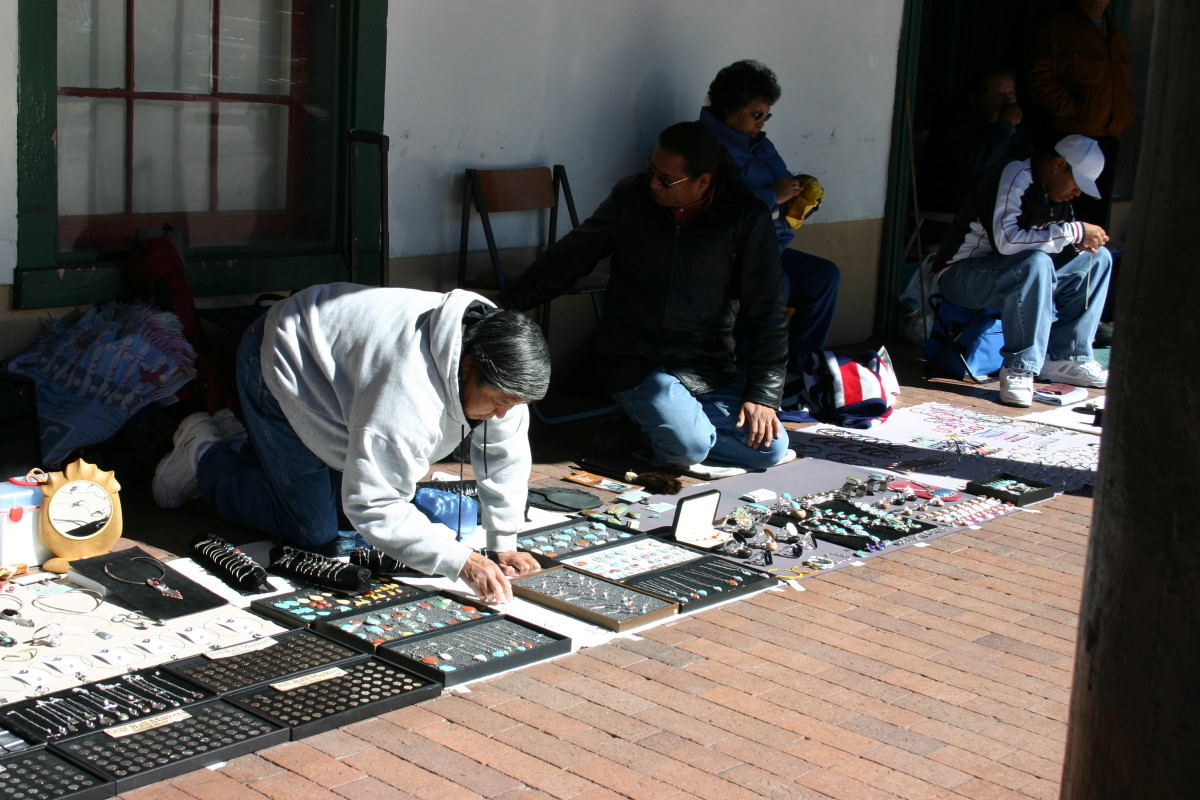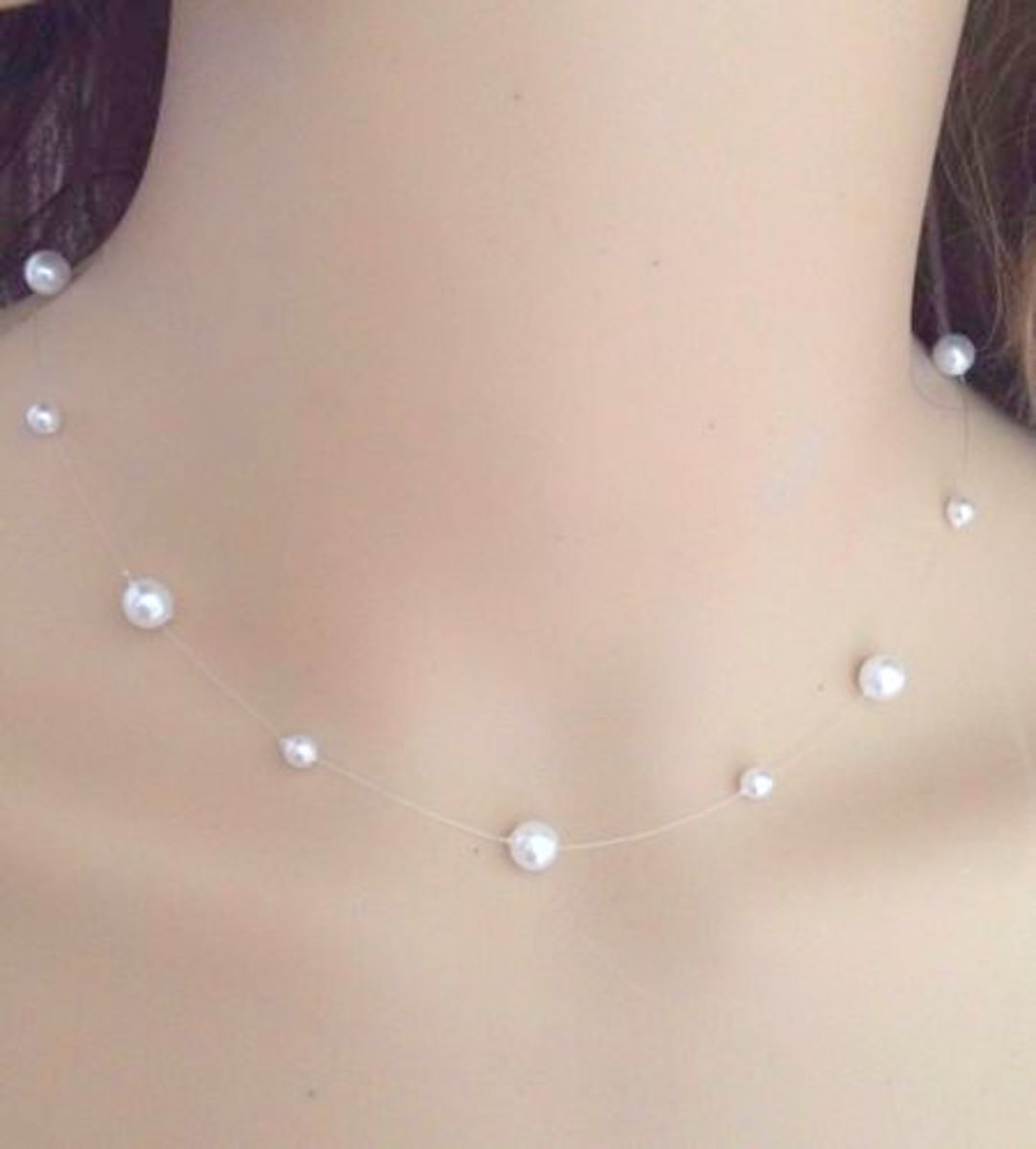All You Need to Know About Turquoise
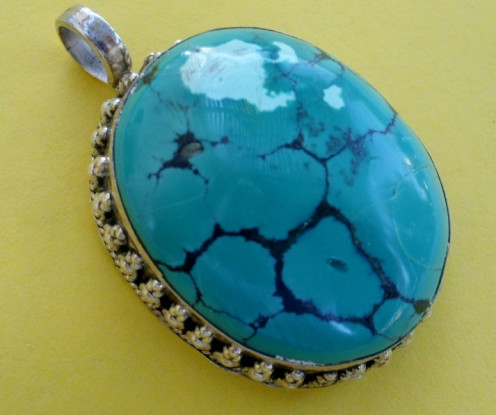
Fashion jewelry that features turquoise gemstones are perhaps some of the most popular in the world. Aside from its lovely blue and green colors and distinct appearance, turquoise is a popular gemstone because it is also quite affordable. Individual stones are priced depending on the hardness, color, and the place from where it was mined. The cheapest stones are worth only a few dollars, while the most expensive ones are accessible only to the truly wealthy.
Properties of turquoise gemstones
Turquoise gems are known to change in color—a property that was interpreted by some cultures as a harbinger of doom. This is a property of turquoise due to a chemical change brought about by a reaction to dust, certain cosmetics, or the level of skin acidity. The change in color can also be attributed to the effect of light exposure on the stone.
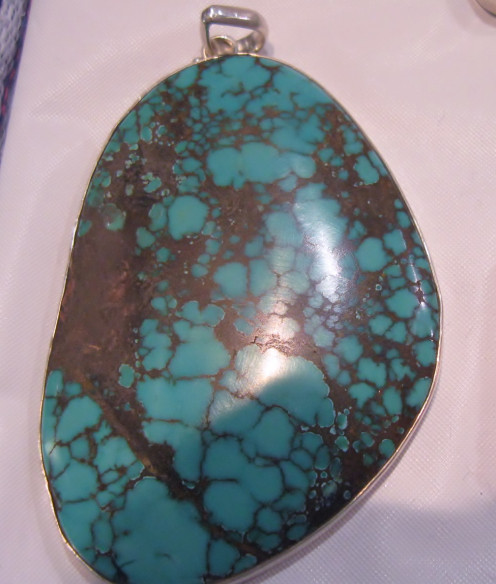
Symbolism associated with turquoise
Turquoise is often associated with good fortune and used for protection as a talisman in ancient cultures. In Persia, turquoise ornaments surrounded by pearls were worn on turbans as a form of protection from the “evil eye.” When worn around the neck, it serves as protection from unnatural death. The Persians also used the stones to adorn bridles of horses and sabres. During the time of the Crusades, the Europeans were first exposed to these stones. They christened it, “turquoise,” which can be translated to “Turkish.”
The stone is usually sky blue in color. Perhaps, this characteristic led the Aztecs of Central America to use turquoise as a holy symbol. The belief amongst the Aztecs, as well as other cultures that thrived in North and South America before the Europeans colonized the New World was that the gemstone facilitates a direct connection between the sea and sky and opens up the link to the two realms.
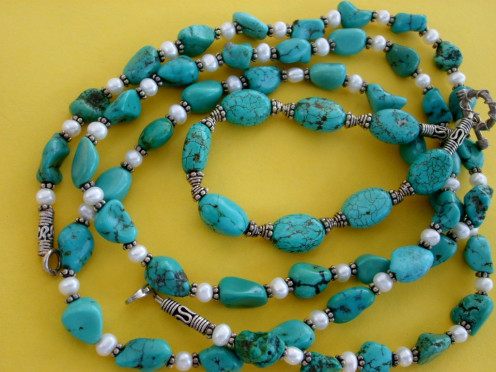
Considerations when choosing turquoise gemstones for jewelry
Many people who become interested with turquoise jewelry have no real idea what to look for and how to ascertain that the item is of high quality workmanship. There are certain physical characteristics that influence the color, and therefore the value of the gemstone.
Turquoise contains different minerals since it forms in rocks that are mineral-rich. Its main composition of turquoise stone is copper aluminum phosphate. The presence of particular types of minerals renders the gem with a specific color. Mostly, turquoise gems are blue in shade. However, some gems may appear white while others possess a yellow-green sheen, depending on where the turquoise is sourced. The most expensive of these gems are the ones that come in a deep shade of green or pale blue.
Aside from color, the hardness of the gemstone is also dependent on its mineral content. The hardness of a diamond on the Moh's scale is 10. Meanwhile, turquoise stones are given a hardness level anywhere from two to six on the Moh's scale. Stones that are given a score of six may be used readily without treatment and integrated in any jewelry design. Meanwhile, stones with a score of two are quite porous and used in jewelry making only after treatment.
Grading system
Standard stones that are used for jewelry are graded AA-, B, or C. The highest quality of turquoise gemstones has unusual colors and some have innate webbing. The best of these stones can take a high polish. It is not so easy to find turquoise graded AA or higher. Meanwhile, gems assigned the lowest grade typically require specific treatments before they may be used in jewelry pieces. The law requires jewelers to inform potential buyers of the treatments that items on sale underwent. Consumers must be aware that they have the right to know whether a stone they intend to buy has been subjected to any kind of treatment.
The main kind of treatment performed on turquoise gemstones is called stabilization, which involves epoxy resin or a related substance. The main objective of this procedure is to fill the pores in the stone so that the color does not fade even with the passage of time. Another common treatment is called color enhancement, which involves the usage of chemicals to enhance the natural coloration of the stone.
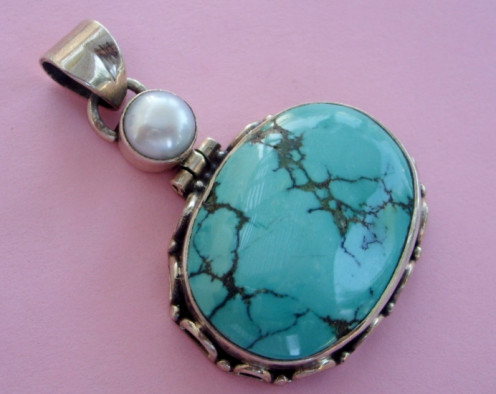
Taking care of turquoise jewelry
Unlike gemstones that are less porous, pieces made with turquoise require special care. It is important to remember that most stones used in jewelry are porous and have undergone treatment. Therefore, they must be protected from extreme temperatures. The durability of regular turquoise is not its best asset. As such, it is only prudent not to wear jewelry with turquoise gems when the activity puts them at risk of being knocked against a hard surface. In relation to this, turquoise jewelry and individual gemstones must be stored separately from diamonds and other gemstones that are harder in order to avoid scratches on the surface of the more porous stone.




